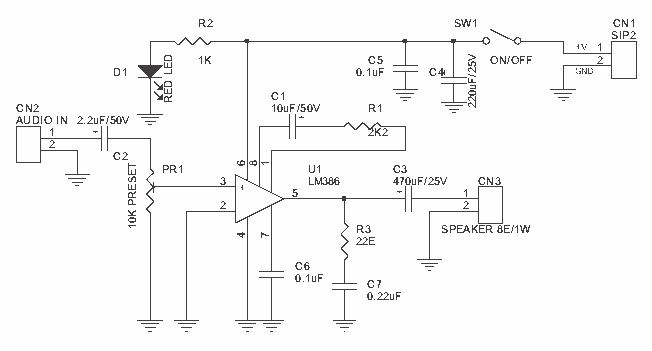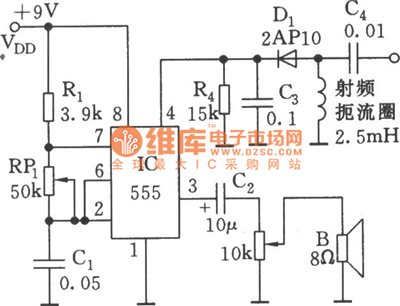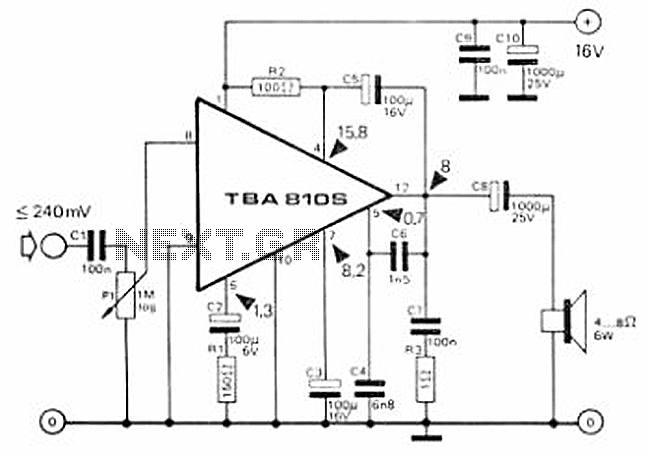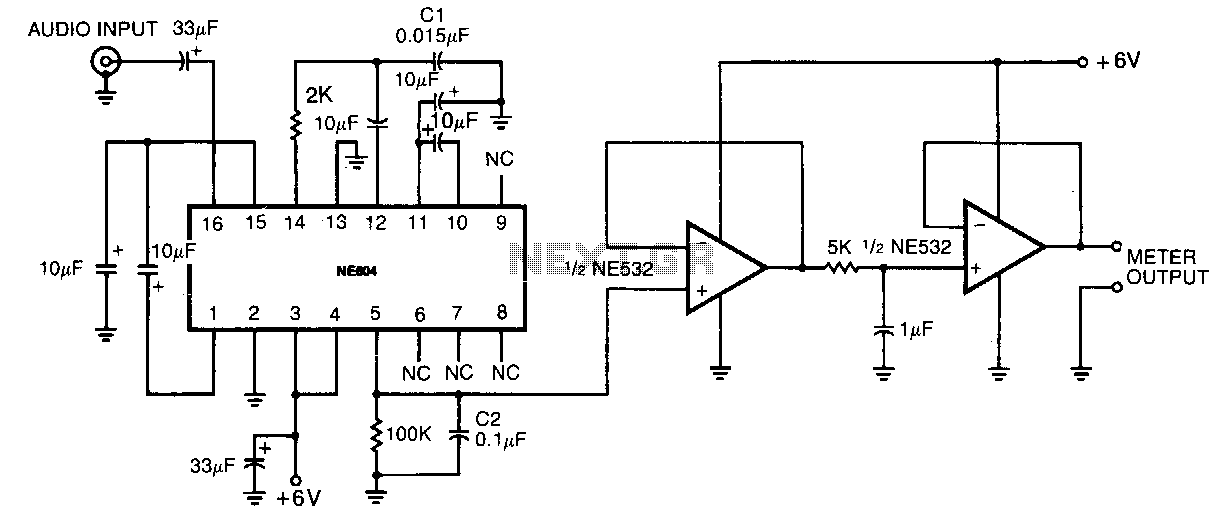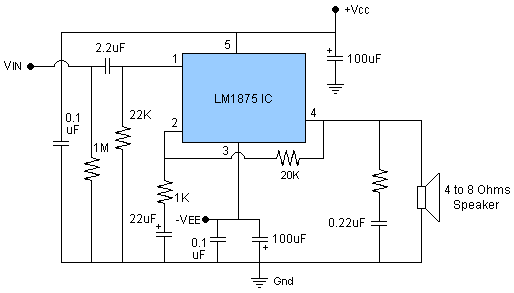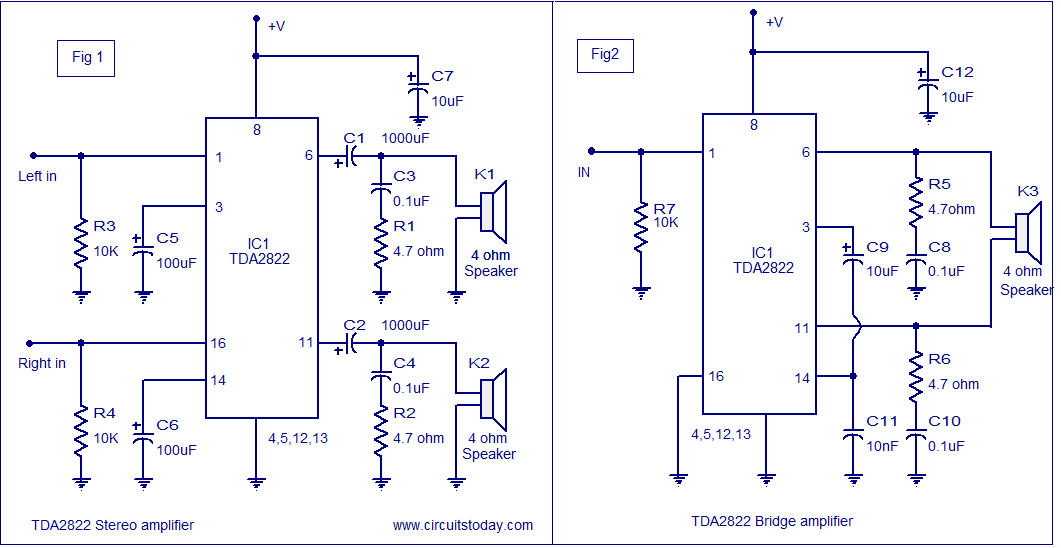
Crossfeed Audio
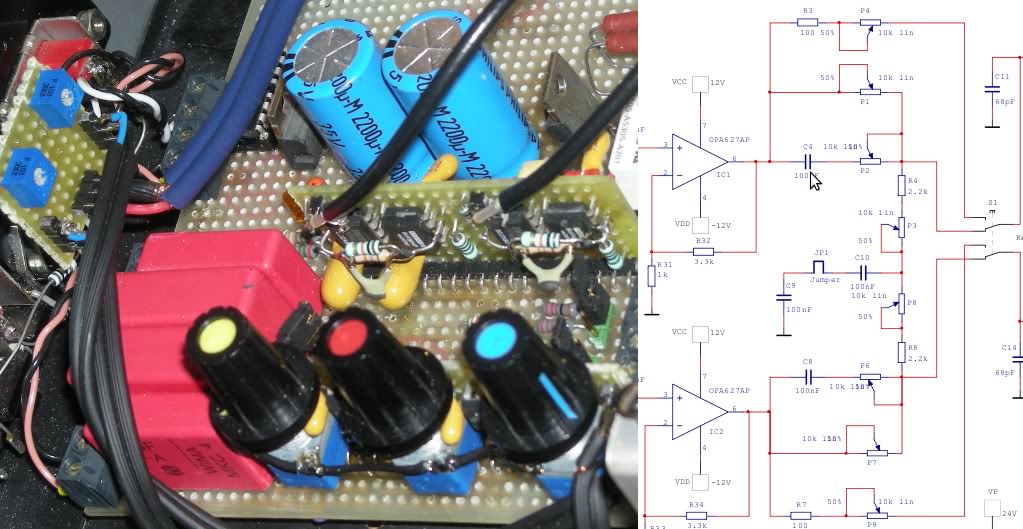
This is a straightforward and enjoyable project or circuit designed for those interested in experimenting with crossfeed. It is based on a Linkwitz crossfeed configuration. It is important to note the distinction between crosstalk and crossfeed, the latter also referred to as X-feed. Crosstalk is a technical term that refers to poor separation between the left and right audio channels, often encountered in vinyl records and occasionally in tape recordings.
The Linkwitz crossfeed circuit is an innovative approach to enhance the listening experience by simulating the natural sound dispersion that occurs when listening to music in a room. The circuit aims to reduce the harshness of stereo imaging that can result from headphones, which often create an exaggerated separation of audio channels. By blending a small amount of the signal from one channel into the other, the crossfeed circuit helps to create a more cohesive soundstage, making the audio more natural and immersive.
The basic components of a Linkwitz crossfeed circuit typically include operational amplifiers (op-amps), resistors, and capacitors. The circuit design involves configuring the op-amps to process the left and right audio signals, allowing for controlled mixing. The resistors set the levels of crossfeed, while capacitors can be used to shape the frequency response, ensuring that the blend of channels does not compromise the fidelity of the audio.
When constructing the circuit, careful attention should be paid to component selection and layout to minimize noise and distortion. Power supply decoupling is also crucial to maintain signal integrity. The circuit can be implemented in various formats, including standalone units or integrated into headphone amplifiers.
Overall, this project not only serves as an engaging hands-on experience but also provides valuable insights into audio processing techniques that can significantly enhance headphone listening experiences.Here`s a simple and fun project / circuit in case you would like to try crossfeed. It`s based on a Linkwitz crossfeed. There is a big difference in crosstalk and crossfeed (a.k.a. X-feed). Crosstalk is a technical term for bad channel (left and right) separation. Like the sort you get with vinyl and sometimes tape. 🔗 External reference
The Linkwitz crossfeed circuit is an innovative approach to enhance the listening experience by simulating the natural sound dispersion that occurs when listening to music in a room. The circuit aims to reduce the harshness of stereo imaging that can result from headphones, which often create an exaggerated separation of audio channels. By blending a small amount of the signal from one channel into the other, the crossfeed circuit helps to create a more cohesive soundstage, making the audio more natural and immersive.
The basic components of a Linkwitz crossfeed circuit typically include operational amplifiers (op-amps), resistors, and capacitors. The circuit design involves configuring the op-amps to process the left and right audio signals, allowing for controlled mixing. The resistors set the levels of crossfeed, while capacitors can be used to shape the frequency response, ensuring that the blend of channels does not compromise the fidelity of the audio.
When constructing the circuit, careful attention should be paid to component selection and layout to minimize noise and distortion. Power supply decoupling is also crucial to maintain signal integrity. The circuit can be implemented in various formats, including standalone units or integrated into headphone amplifiers.
Overall, this project not only serves as an engaging hands-on experience but also provides valuable insights into audio processing techniques that can significantly enhance headphone listening experiences.Here`s a simple and fun project / circuit in case you would like to try crossfeed. It`s based on a Linkwitz crossfeed. There is a big difference in crosstalk and crossfeed (a.k.a. X-feed). Crosstalk is a technical term for bad channel (left and right) separation. Like the sort you get with vinyl and sometimes tape. 🔗 External reference
